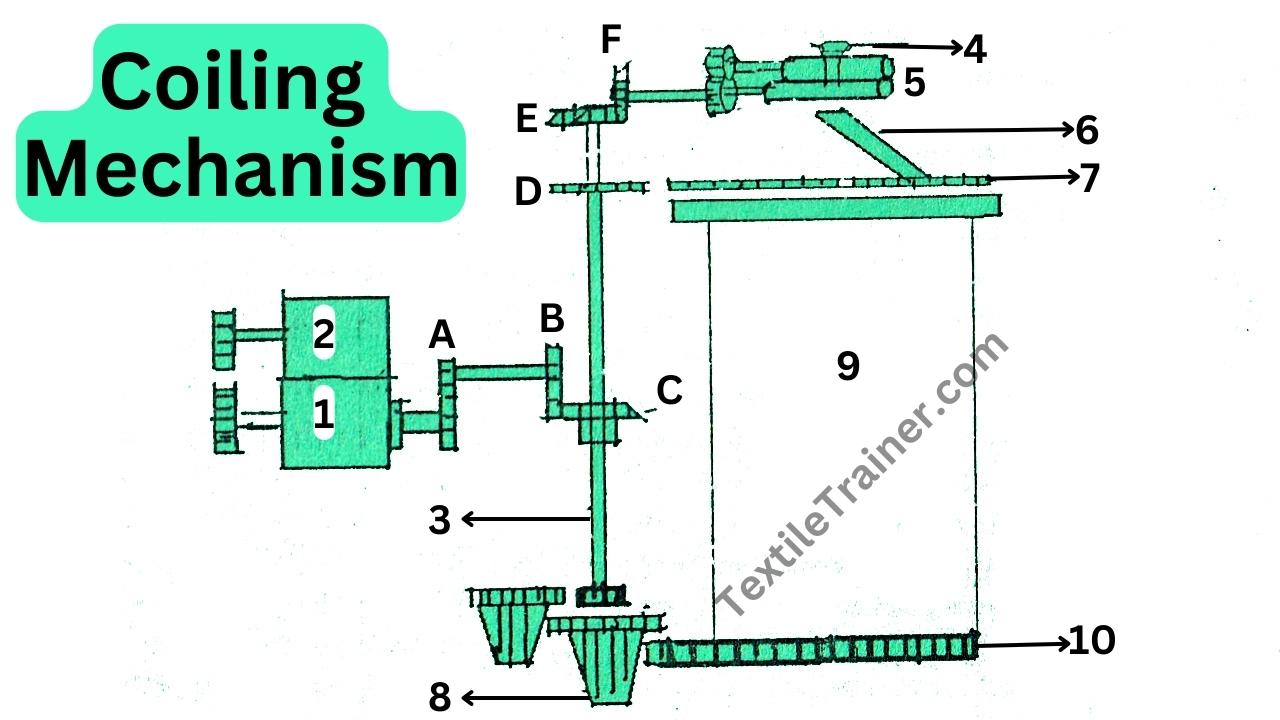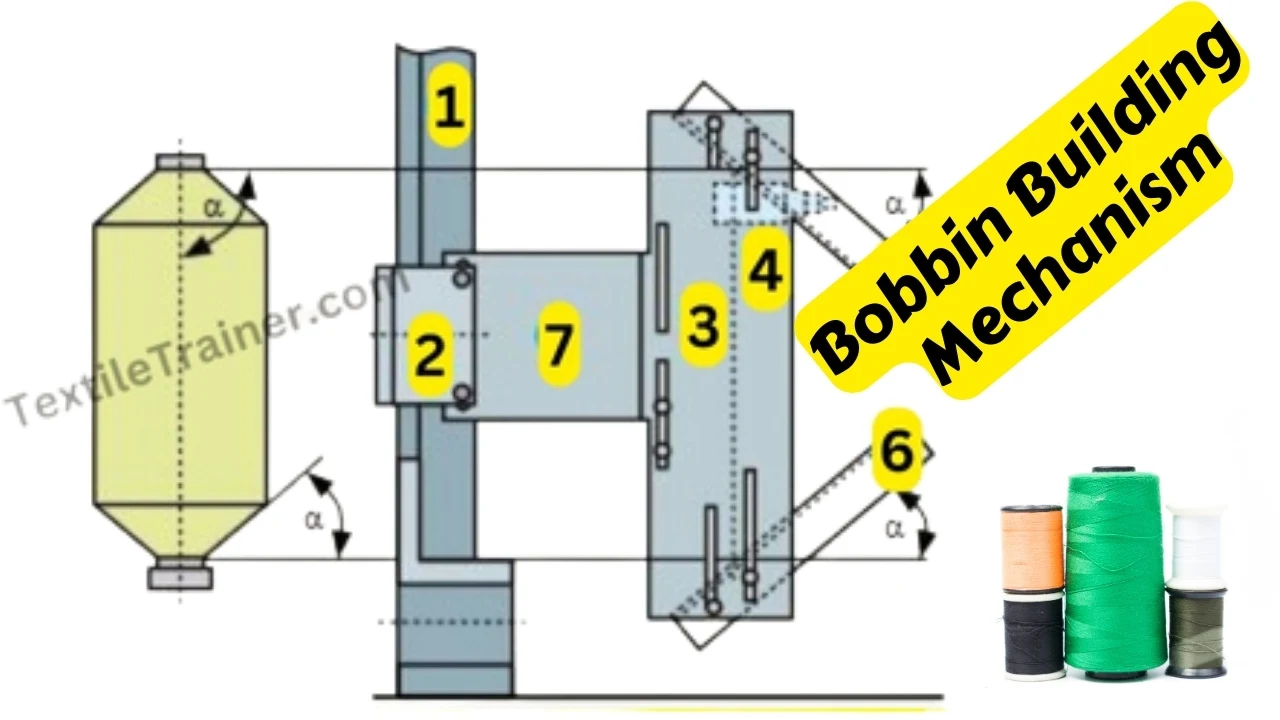6 Methods of Stripping in Carding is Described Easy Way
What is Stripping?
During the carding process, fibers and impurities become embedded in the teeth and wires of the several carding organs which may reduce their effectiveness of carding and quality of yarn. The process of removing adhering fibers and impurities is called stripping.
Methods of Stripping in Carding
- Roller stripper.
- Dustless stripper.
- Vacuum stripper.
- Air stripper.
- Continuous stripper.
- Static stripper.
1. Roller stripper
A wooden roller approximately 6″ in diameter, the same length as the card width, covered with a special stripping wire, is placed against the cylinder when the front door is opened. Using a point to back action and a higher surface speed, the stripping roller is passed from the point of the stripping roller to the cylinder wire. In comparison to the wires of a carding fillet, the wires of a stripping roller are relatively widely spaced and about twice as large.

2. Dustless stripper
It is an improved method, consisting of plain roll, partially enclosed by sheet metal hood from which a large flexible tube leads to a special stripping truck. During stripping, a small suction fan is attached to the truck that exhausts into a fabric bag. It is similar to roller stripping, except the brass is generally kept running. Therefore, dust that would normally be thrown into the air is drawn away and collected by the suction.

3. Vacuum stripper
A stripping roller is not needed in this system. It requires a special air pump to maintain a high vacuum and a large waste receiving drum. A nozzle is used to collect waste from the surface of cylinders, doffers, etc. It is possible to strip the card while it is still producing sliver.
4. Air stripper
Using one stripping brush underneath the junction of the doffer and cylinder, the truck is completely eliminated. The roller is driven by the main cylinder pulley through the binder pulley.

5. Continuous stripper
As with the nozzle and suction stripping, this is an automatic continuous stripping device. The nozzle continuously sucking fibers from underneath the cylinder and feeding them back beneath the lap. Several advantages are described below.
6. Static stripper
A static stripper is also known as an automatic static stripper. It is filled beneath the cylinder and replaces some of the under casing. Electrostatic action attracts fibers and keeps them on the wire surface without getting buried in it. The clothing and card work smoothly and uninterrupted without choking.
Importance of Stripping in Carding Machine
- Carding machine process raw fibers, which may contain impurities like dirt, dust, plant matter, or other foreign particles. As result, some impurities become embedded in the teeth of different roller of carding machine which is reduced the effectiveness. Stripping helps to remove these impurities.
- Stripping improves the quality of carded sliver.
- Neps are small knots or tangles of fibers that can form during carding. Stripping helps to remove these neps from the different roller of carding machine.
- Stripping also helps to improve the spinning efficiency.
- Stripping also helps for uniform web formation.
To summarize, stripping in carding machine is a crucial process that contributes to the process’s efficiency, productivity, and quality. As a result, fibers are aligned, impurities are removed, machine performance is enhanced, and high-quality yarn and textiles are produced.
You May Read:
- Objectives and basic function of carding machine.
- Working principle of carding machine.
- Why carding is called heart of spinning?
- Operating zone of carding machine.
- Neps in carding machine.
- Function of carding machine.
- Types of card clothing with advantage and disadvantage.
- Flexible card clothing vs metallic card clothing.
- Action of carding machine.
- 10 Easy Steps of Combing Cycle of Cotton Combing Machine
- Working Principle of Speed Frame in Ring Spinning
Reference:
- Chowdhury, M. F. (2016). Manual of short staple spinning. Dhaka: Granthanir Prokashoni.
- Corbman, B. P. (1987). Textile Fiber to Fabric. Singapore: McGraw Hill Book Co.
- Hossain, M. S. (2014). Introduction to Textile Engineering. Dhaka: Books Fair Publications.
- Prof. Dr. Engr. Ayub Nabi Khan, E. M. (2088). Principles of short staple spinning. Dhaka: Books Fair.



